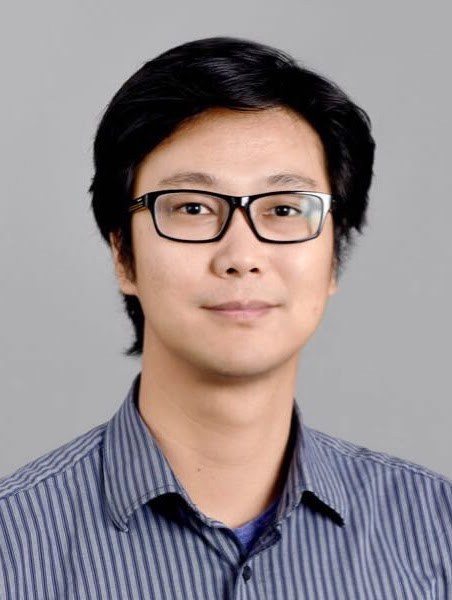
报告题目:Disordered Hyperuniformity: A Novel State of Matter
报告时间:2023年6月6日(周二)上午10:00
报告地点:3号楼307会议室
报告人:焦阳 教授
邀请人:生物医学物理中心
简历:Dr. Yang Jiao is currently a Professor of Materials Science and Engineering and Dept. of Physics at Arizona State University. He obtained his B.S. from Peking University in 2005 and Ph.D. from Princeton University in 2010. The main focus of Dr. Jiao's research is to understand the fundamental physics of “disorder” in a wide range of complex material systems, using a variety of analytical and computational techniques devised in statistical mechanics, condensed matter physics, statistical field theory, and discrete geometry. Dr. Jiao has published more than 100 research papers in top tier scientific journals including Nature, Science Advances, PNAS, JACS, Angew. Chem., PRL, PRB, PRE, etc, which have been cited over 6800 times with an h-index of 45. Dr. Jiao received many awards, including the Martin Summerfield Fellowship, Ray Grimm Prize in Computational Physics, DARPA Young Faculty Award, ACS New Investigator Award, Fulton Top 5% Faculty Award, and Professor of Impact Award. He is among the Top 2% Scientists Worldwide by Stanford University.
摘要:Disordered hyperuniformity (DHU) is a recently proposed new state of matter, which has been observed in a variety of classical and quantum many-body systems. DHU systems lack the traditional long-range translational and orientational order like liquids and glasses, yet they structurally behave like a crystal on large-length scales by (i.e., characterized by vanishing infinite-wavelength density fluctuations). This “glass-crystal” duality endows DHU materials with many unique physical properties such as large complete isotropic photonic and phononic band gaps and robustness to defects. In this talk, we will discuss a few exotic examples of DHU systems and their emergent novel properties, including (i) hard-particle colloids at the jamming point (i.e., structural glasses), (ii) photoreceptor patterns in avian retina, (iii) and amorphous 2D material. We show that each of the aforementioned DHU system is in an effective “critical” state, which endow them with a unique form of “optimality” (i.e., maximally random jammed for the structural glasses, optimal light sampling efficiency for the photoreceptor patterns, and insulator-to-metal transition in 2D silica). We make an attempt to devise a theory combining topological transformation and inherent structures to rationale the apparent universality of DHU states, and conclude with several open questions, including the generalization of classical theory of DHU to quantum systems.



